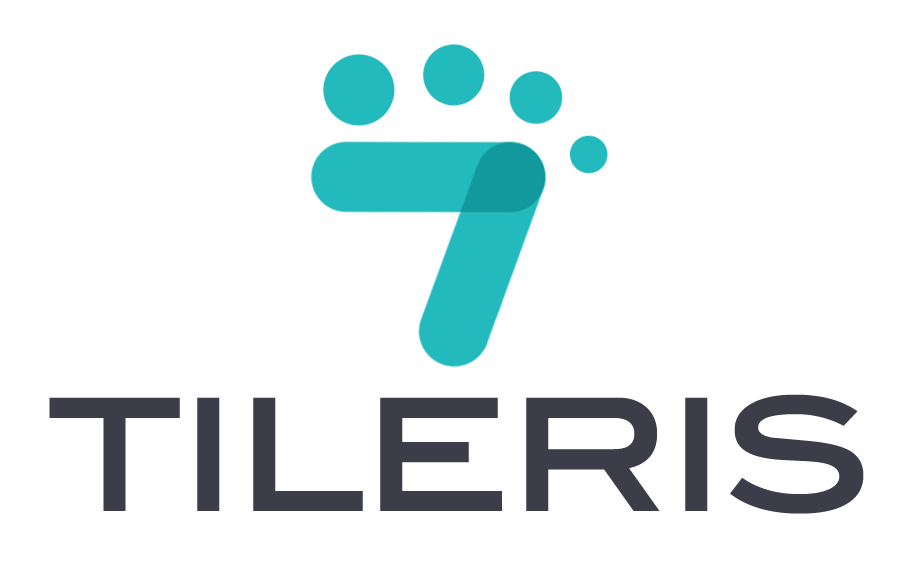How to Balance Security Requirements With Productivity Needs
Introduction
In our fast-paced, always-on digital world, every business, from the bustling tech startups in Silicon Valley to the established corporations in New York City, relies heavily on technology. This means two things are critical: keeping our digital assets safe (security) and ensuring our teams can get their jobs done efficiently (productivity). It often feels like a constant tug-of-war; strict security measures can sometimes feel like handcuffs on productivity, while too much freedom for productivity can leave us wide open to cyber threats. But the truth is, we don’t have to choose. This article is your guide to finding that sweet spot, that perfect balance where robust security empowers, rather than hinders, productivity.
Understanding Security Requirements: Why We Need Those Digital Locks
Think of security requirements as the essential armor protecting your business’s heart. They’re not just arbitrary rules; they’re vital for survival in the digital jungle.
Think of security requirements as the essential armor protecting your business’s heart. They’re not just arbitrary rules; they’re vital for survival in the digital jungle.
- Protecting Sensitive Data and Assets: Every business, whether it’s a small boutique managing customer details or a large enterprise handling intellectual property, has valuable data. Security measures ensure this information doesn’t fall into the wrong hands, preventing data breaches that could devastate reputations and finances.
- Meeting Regulatory and Compliance Standards: Many industries, from healthcare (HIPAA/) to finance (PCI DSS), operate under strict U.S. regulations that demand specific security practices. Failing to comply can lead to hefty fines and legal battles.
- Preventing Cyber Threats and Attacks: The threats are real and constantly evolving: ransomware that locks up your files, phishing scams that steal credentials, and sophisticated breaches that can halt operations. Strong security is your frontline defense against these relentless attacks.
Understanding Productivity Needs: Keeping the Engine Running Smoothly
On the flip side, what’s the point of being super secure if no one can actually get any work done? Productivity is the fuel that drives your business forward.
- Enabling Employees to Work Efficiently and Effectively: Employees need easy access to the tools and information required for their daily tasks. Overly complex security protocols, slow systems due to security scans, or constant authentication prompts can frustrate staff and waste valuable time.
- Meeting Business Objectives and Deadlines: Businesses operate on timelines. When security measures create bottlenecks or slow down critical processes, projects get delayed, customers get frustrated, and financial goals are missed.
- Fostering Innovation and Creativity: A culture of fear around security can stifle experimentation and the adoption of new, more efficient technologies. Employees need to feel secure enough to innovate, explore new tools, and collaborate freely.
Identifying the Balance: The Tug-of-War Challenge
The challenge isn’t whether to have security or productivity, but how to make them partners.
- Implementing Security Measures That Don’t Hinder Productivity: This is the core dilemma. Imagine a password policy so strict that employees spend half their day trying to remember or reset passwords. Or a web filter that blocks legitimate business tools. These hinder productivity directly.
- Finding the Right Balance Between Security and Usability: Users are more likely to bypass security if it’s too cumbersome. A secure system that’s difficult to use often leads to “security fatigue” or shadow IT (employees using unapproved, less secure tools). The goal is to make the secure path the easiest path.
- Managing the Trade-offs Between Security and Productivity: There will always be some trade-offs. The art is in recognizing them and making informed decisions. For example, remote work offers flexibility (productivity) but also expands the attack surface (security risk), requiring careful management. It’s about smart compromises, not total sacrifices.
Strategies for Balancing Security and Productivity: Making Them Work Together
Here’s how to turn that tug-of-war into a productive partnership:
- Implementing User-Friendly Security Solutions:
- Single Sign-On (SSO): Allows employees to log into multiple applications with one set of credentials, reducing password fatigue.
- Password Managers: Provide secure ways for employees to store and generate complex passwords without having to remember them all.
- Seamless MFA: Use modern Multi-Factor Authentication (MFA) methods like authenticator apps or biometric scans that are quick and easy, rather than constantly typing codes.
- Automated Patching: Systems that update automatically in the background, reducing manual intervention and downtime.
- Providing Security Awareness Training and Education:
- Empower, Don’t Scare: Instead of just telling employees what not to do, teach them why security is important and how to be secure. Make them part of the solution.
- Regular, Engaging Training: Phishing simulations, short quizzes, and real-world examples can make training more effective and memorable than annual hour-long lectures.
- Cultivate a Reporting Culture: Encourage employees to report suspicious activities without fear of blame.
- Conducting Regular Security Assessments and Risk Analyses:
- Know Your Weaknesses: Regularly audit your systems and processes to identify vulnerabilities.
- Prioritize Risks: Understand what data is most critical and what threats pose the biggest danger to your productivity. Focus your security efforts where they matter most, rather than blanket restrictions.
- “Security by Design”: Integrate security considerations from the very beginning of any new project, system, or software implementation, rather than trying to bolt it on later.
- Implementing Flexible Security Policies and Procedures:
- Context-Aware Security: Instead of one-size-fits-all rules, implement policies that adapt to the context. For example, stricter access for highly sensitive data, but more flexible access for general information.
- Zero Trust Architecture: Assume no user or device is inherently trustworthy, even inside the network. This approach verifies every access attempt, but with modern tools, it can be seamless to the user.
- Clear Communication: Ensure all security policies are clearly communicated and easily accessible, so employees understand expectations without constant friction.
Best Practices: Nurturing a Secure and Productive Environment
These overarching principles will help you maintain that crucial balance.
- Involving Stakeholders in Security Decision-Making: Security isn’t just an IT problem. Involve employees, department heads, and even management in discussions about security measures. Their input helps ensure policies are practical and don’t unnecessarily impede work.
- Continuously Monitoring and Evaluating Security Measures: The digital landscape is always changing, and so are threats. Regularly review your security solutions to ensure they are still effective and not creating unintended productivity bottlenecks.
- Encouraging a Culture of Security and Awareness: Make security everyone’s responsibility. Reward good security practices and foster an environment where asking questions about security is encouraged, not penalized.
- Leveraging Technology to Streamline Security Processes: Invest in smart security tools that automate tasks, provide real-time alerts, and integrate seamlessly with existing workflows. Examples include Security Information and Event Management (SIEM) systems, Endpoint Detection and Response (EDR) solutions, and Cloud Access Security Brokers (CASBs).
Case Studies and Examples (General Scenarios)
While specific company examples are often proprietary, here are general scenarios where organizations find this balance:
- Implementing Cloud-Based Security Solutions: A growing number of U.S. businesses are moving to cloud services (like Microsoft 365 or Google Workspace). These platforms offer built-in, regularly updated security features (like advanced threat protection, spam filtering, and data loss prevention) that are managed by the vendor. This frees up internal IT teams to focus on productivity-enhancing projects, while users benefit from seamless, secure access from anywhere, anytime.
- Using Artificial Intelligence and Machine Learning for Security: Instead of relying solely on human review, organizations use AI-powered security tools for things like anomaly detection, predicting phishing attacks, or identifying unusual user behavior. This allows for faster, more accurate threat detection without requiring constant manual oversight, thus reducing false positives that could disrupt legitimate work.
Creating a Security-Aware Culture with Gamification: Instead of dry training, some companies use gamified security awareness programs with leaderboards and rewards for identifying phishing attempts or correctly answering security quizzes. This makes learning engaging and builds a collective vigilance that actively contributes to security without feeling like a burden.
Conclusion
The notion that security and productivity are opposing forces is a myth we must debunk. In today’s dynamic digital world, where every interaction carries a potential risk, striking a harmonious balance is not just ideal – it’s absolutely essential for business continuity and growth. By strategically implementing user-friendly security solutions, continuously educating your team, and fostering a culture where security is ingrained, you can create an environment where protection empowers efficiency.
Don’t let the fear of cyber threats stifle your business’s potential. Take a proactive, intelligent approach to finding that sweet spot between robust security and unhindered productivity. Your secure, efficient future depends on it.
To learn more, visit us at tileris.com







